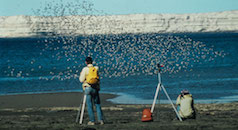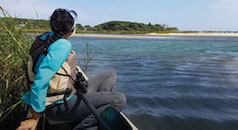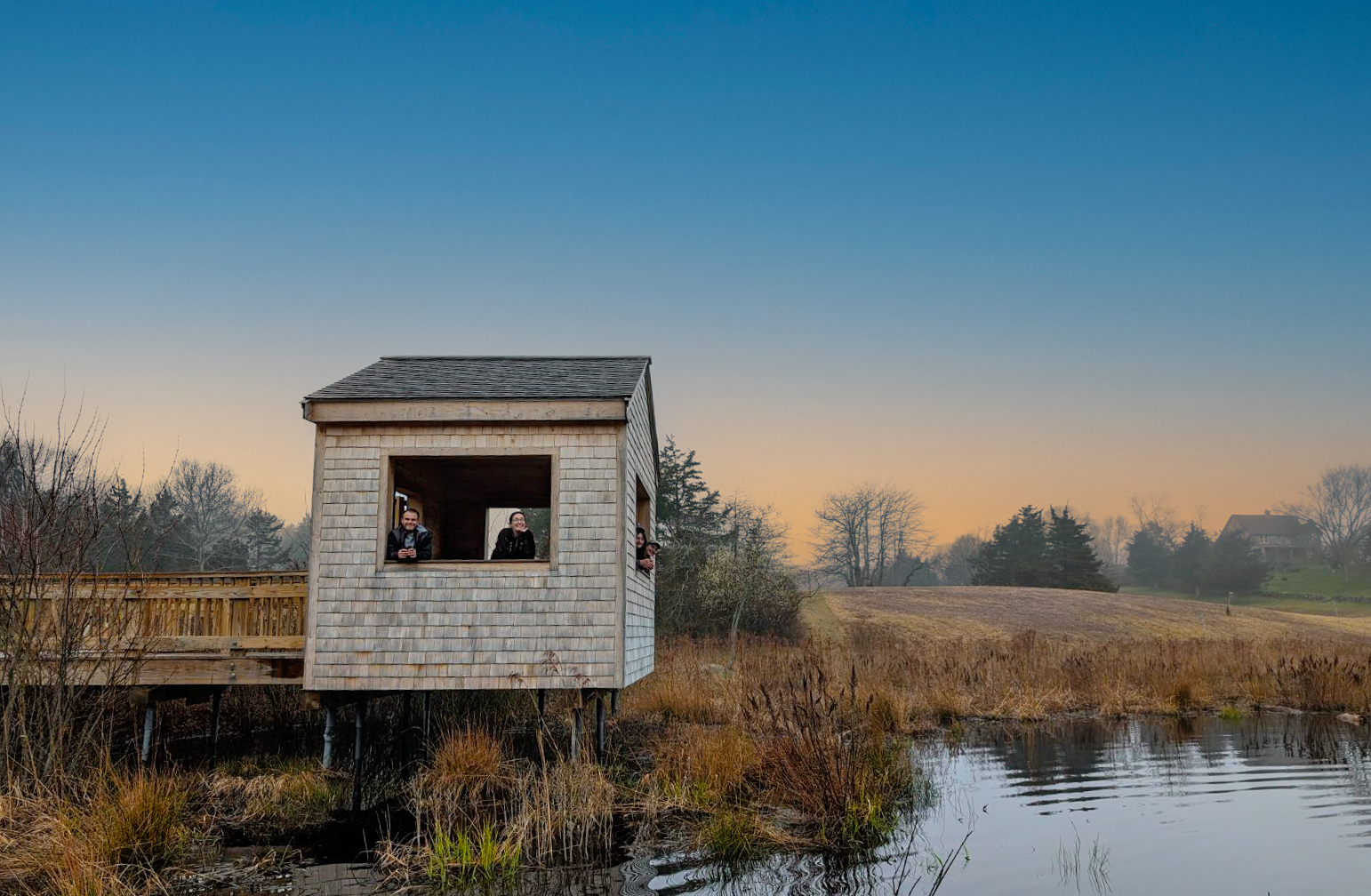In its first year of operation, the Climate Smart Land Network has enrolled more than 10 million acres of North American land from public and private partners.
Last month, Climate Services Program Leader Eric Walberg and CSLN consultant Si Balch completed the Network’s first site visits at Lyme Timber in upstate New York and Hull Forest Products in central Massachusetts.
“The forest site visits are an excellent example of the Manomet approach of listening carefully to the concerns and needs of our project partners and using a science-based approach to identify solutions,” said Walberg.
Forest managers from Lyme Timber and Hull Forest Products are already seeing the effects of climate change on their lands through increased annual precipitation and extreme storm events.
“Over the last few years,” said Lyme Timber Forest Manager Sean Ross, “strong storms, heavy precipitation, and associated road damage seem to be becoming the norm on our sites. The CSLN is a valuable source of information as we develop plans to maintain and improve our working forest infrastructure.”
During the site visits, CLSN scientists started to work with forest managers to develop solutions to cope with these changing conditions.
“Stream crossings provide an excellent example of how we can address the fiscal concerns of forest managers and improve the ecological integrity of the forests,“ said Walberg. “Stream crossings are failing on timber sites because they were not designed to accommodate the recent increase in precipitation, but many of the current designs in place are also negatively impacting natural stream corridors.”

“By upgrading stream crossings so that they are large enough to withstand heavy precipitation events and incorporating the structure of the natural river bed, it is possible to meet the infrastructure needs of the CSLN members and support the ability of aquatic species to relocate in response to a warming climate.”
Walberg goes into more detail about the science behind climate smart stream crossings in his latest blog post.
Climate change is also projected to alter forest composition and species ranges throughout North America. Warming temperatures are already expanding the range of invasive pests like the Hemlock Woolly Adelgid. Manomet is providing CSLN members with maps of projected shifts in forest habitat and pest and disease ranges as part of the site visit process. The maps serve as a starting point for discussions of observed change and possible management response.
Walberg and Balch will continue to visit CSLN members in Canada, New England and the southern U.S. throughout the fall. After the site visits are complete, the information gathered from forest managers about climate change impacts they have witnessed on their land will be synthesized and served back to the Network members. This information sharing is a key feature of the Network and will provide forest managers with insight on evolving best management practices.





 Back to all
Back to all